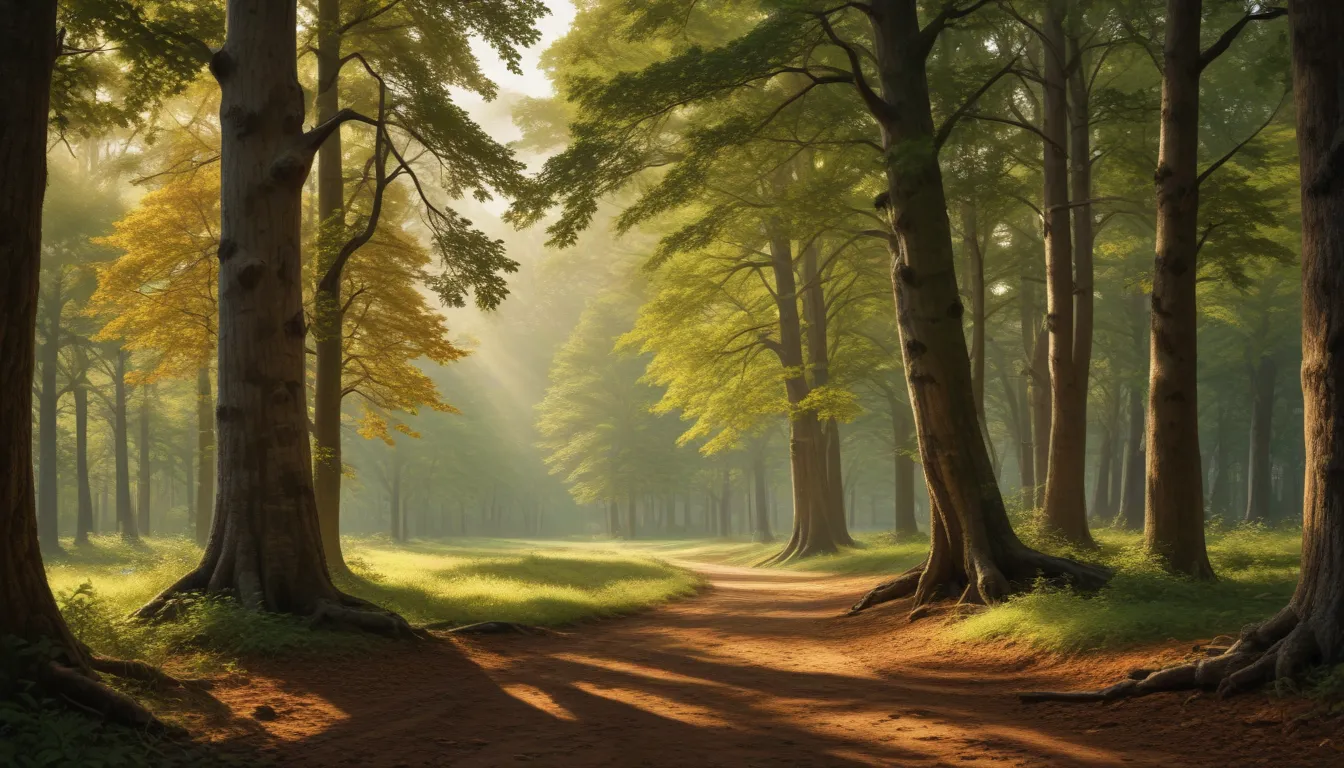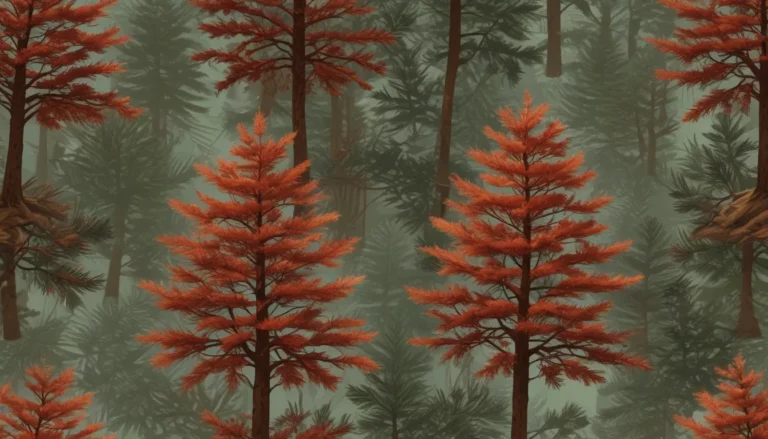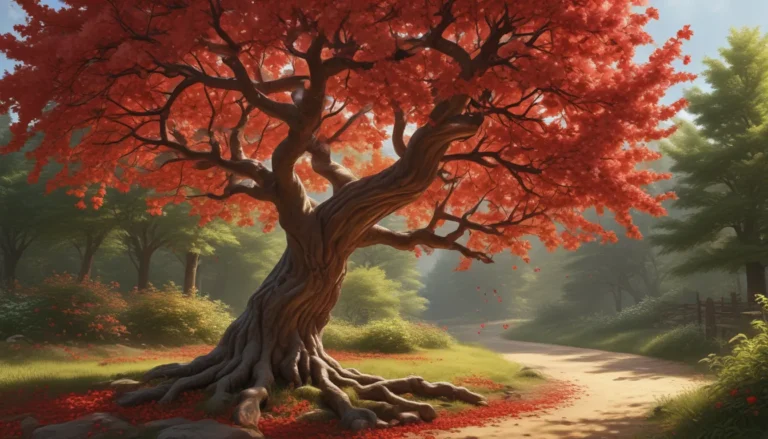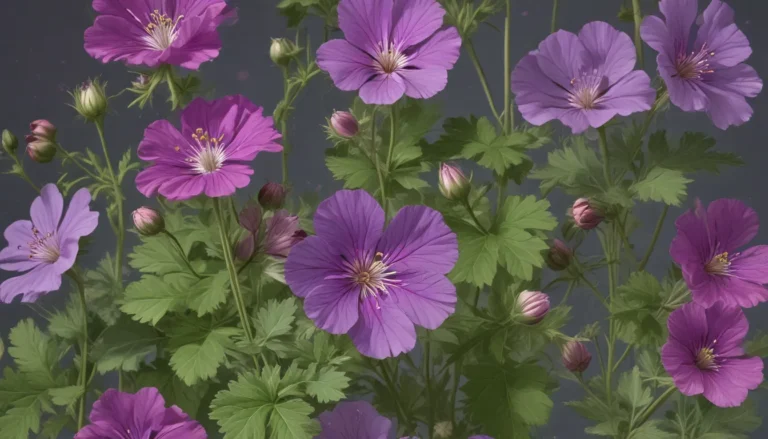The pictures we use in our articles might not show exactly what the words say. We choose these pictures to make you interested in reading more. The pictures work together with the words but don’t take their place. The words still tell you the important facts.
Bitternut hickory trees, scientifically known as Carya cordiformis, stand tall as majestic, deciduous giants across the landscapes of North America. These trees are not only admired for their ornamental beauty but also for their ecological significance and practical uses. From their unique leaf structure to their valuable wood, and from their rich history to their potential health properties, the bitternut hickory tree offers a plethora of captivating details waiting to be explored. Whether you are an arborist, a nature enthusiast, or simply curious about the wonders of the natural world, join us on a journey to uncover the remarkable traits and contributions of the bitternut hickory tree.
Delving into the World of Bitternut Hickory Trees
The Range of Bitternut Hickory Trees
The Bitternut Hickory tree is indigenous to North America, predominantly found in the eastern United States and southeastern Canada. Thriving in moist, fertile soils of bottomlands and lowland areas, these trees play a vital role in shaping local ecosystems.
Unveiling the Unique Leaf Structure
One of the most distinctive features of the Bitternut Hickory is its pinnately compound leaves, typically adorned with 7 to 11 leaflets. These lance-shaped leaflets create an elegant foliage that dances gracefully in the wind, adding to the tree's charm and beauty.
Nut Production and Wildlife Support
Bitternut Hickory trees bear small, pear-shaped nuts with thin shells that serve as a crucial food source for various wildlife species, including squirrels, deer, and birds. The abundant nuts not only provide sustenance but also contribute to the biodiversity of the surrounding habitat.
A Tree of Longevity
With an impressive lifespan exceeding 200 years, the Bitternut Hickory stands as a symbol of endurance in the natural world. Its resilience and longevity make it a pillar of strength and stability in forest ecosystems.
Embracing the Colors of Fall
As autumn arrives, the Bitternut Hickory adorns itself with stunning foliage, displaying vibrant shades of golden yellow and warm orange. The trees become a vibrant canvas, painting the landscape with hues of seasonal beauty.
Harnessing the Power of Timber
The wood of the Bitternut Hickory is prized for its strength and flexibility, making it a preferred choice for crafting tool handles, furniture, and athletic equipment. Its durability and resilience make it a valuable resource in the world of woodworking.
Sheltering Wildlife and Supporting Ecosystems
The Bitternut Hickory tree serves as a vital habitat for numerous species of birds and mammals, offering shelter, nesting sites, and a sustainable food source through its nutrient-rich nuts. Its presence is instrumental in maintaining ecological balance and biodiversity.
Exploring the Cultural and Environmental Significance of Bitternut Hickory Trees
Historical Roots and Traditional Uses
Indigenous communities and early settlers have long utilized various parts of the Bitternut Hickory for medicinal, culinary, and utilitarian purposes, reflecting the tree's historical importance and cultural significance. Its versatile nature has made it a valuable resource throughout history.
Symbolism in Folklore and Tradition
In folklore and indigenous traditions, the Bitternut Hickory is often revered as a symbol of resilience, wisdom, and adaptability. Its enduring qualities and deep-rooted connections to nature embody timeless virtues cherished across cultures.
Ornamental Beauty and Horticultural Appreciation
Beyond its practical uses, the Bitternut Hickory is prized for its ornamental value, gracing parks, gardens, and landscapes with its graceful form and striking foliage. Horticulturists and arborists recognize its horticultural potential and work to propagate selected varieties for enhancing urban green spaces.
Conservation Efforts and Environmental Impact
Due to habitat loss and deforestation, conservation initiatives are underway to protect and preserve the Bitternut Hickory, safeguarding its ecological significance and genetic diversity. The tree's extensive root system and leaf canopy contribute to soil stabilization, erosion control, and carbon sequestration, making it a key player in mitigating environmental challenges.
Medicinal Properties and Health Benefits
Certain parts of the Bitternut Hickory have been traditionally used in herbal medicine for their purported anti-inflammatory and analgesic properties, offering potential health benefits to those who harness the tree's natural healing properties.
Celebrating the Interconnectedness of Bitternut Hickory Trees with Nature
Growth Patterns and Environmental Adaptability
The Bitternut Hickory exhibits remarkable adaptability to diverse environmental conditions, thriving in a range of soil types and demonstrating resilience in the face of climatic fluctuations. Its tall, straight growth patterns command attention and stand as a testament to nature's grandeur.
Ecological Interdependence and Habitat Support
The intricate ecological relationships of the Bitternut Hickory with pollinators, herbivores, and decomposers highlight its interconnectedness within the web of life. Preserving its habitat is essential to ensuring the tree's continued role in supporting local ecosystems and wildlife diversity.
Conclusion: Embracing the Wonders of Bitternut Hickory Trees
In conclusion, Bitternut hickory trees are exceptional beings that intertwine beauty, utility, and ecological significance in a harmonious tapestry. From their role in supporting wildlife to their cultural symbolism and historical importance, these trees stand as pillars of strength and resilience in the natural world. As we continue to appreciate and protect the legacy of Bitternut Hickory trees, we honor their enduring contributions to the forests and ecosystems they call home.
FAQs: Exploring More About Bitternut Hickory Trees
What are the distinguishing features of Bitternut hickory trees?
Bitternut hickory trees are characterized by their tall, straight trunks, compound leaves with serrated edges, and distinctive bitter-tasting nuts. Their bark is light gray with interlacing ridges, adding to their unique appearance.
Are Bitternut hickory nuts edible?
While Bitternut hickory nuts are indeed edible, they are known for their extremely bitter taste, making them less desirable for direct consumption. However, they have been traditionally used in various culinary and medicinal applications.
Journey into the World of Bitternut Hickory Trees
Discover the allure and significance of Bitternut hickory trees as we explore their unique features, historical roots, and ecological impact. Join us in celebrating the resilience and beauty of these majestic trees that weave a rich tapestry of interconnectedness in the natural world. Let the wonders of Bitternut hickory trees inspire you to appreciate the treasures of the forests and the vital role they play in sustaining life around them.
Was this page helpful? Trust in our commitment to quality and authenticity as you explore and learn with us. Each fact shared is contributed by real users like you, ensuring a diverse and insightful journey through the wonders of nature. Dive deep into the world of Bitternut hickory trees and unlock the secrets of their enduring beauty and ecological significance.






